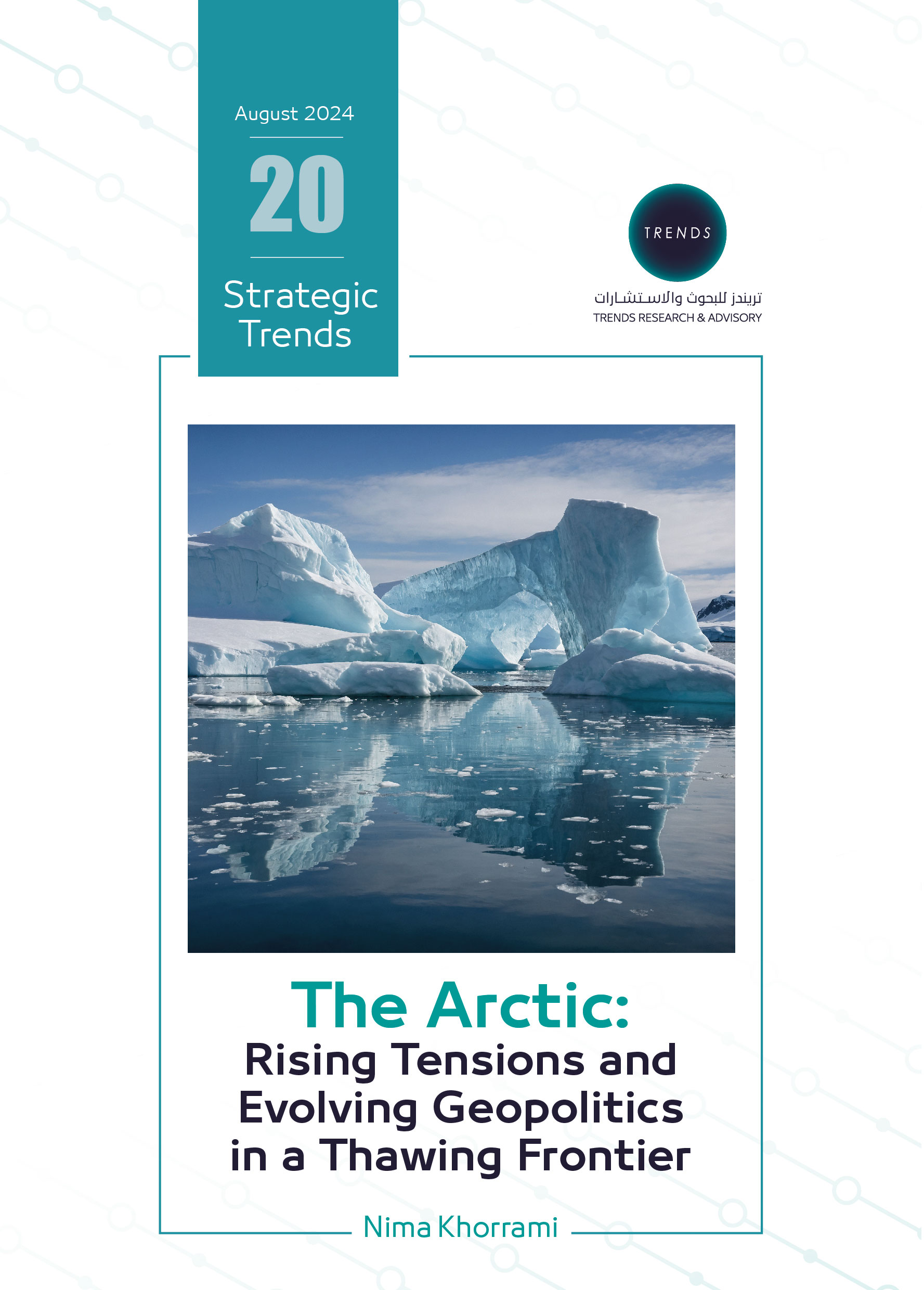Although familiar with geopolitical competition, strategic contestation in the Arctic entered a new, more confrontational phase following the Russian Federation’s annexation of Crimea in 2014. Previously regarded as a zone of peace and exceptionalism, the foundations of Arctic exceptionalism were destabilized by the annexation and further eroded in February 2022 when Moscow initiated its war against Ukraine. In response to Russia’s assertiveness, the Western Arctic states, known as the Arctic 7, suspended their cooperation with Russia in the Arctic Council and embarked upon a large-scale, coordinated effort to revitalize their military assets and combat readiness in the Arctic and beyond. They also revisited their strategic alliances, culminating in the accession of Finland and Sweden—two historically non-aligned states—to the North Atlantic Treaty Organization (NATO).
Concurrently with this rapidly evolving strategic environment, the Arctic’s significance as a geopolitical hotspot has increased due to the convergence of two other unfolding factors: climate change and technological innovation. In a significant yet underappreciated sense, geostrategic competition in the Arctic was likely to resurge irrespective of the events of 2014 and 2022 in Ukraine, primarily because increased interest in the region has lacked, and continues to lack, a comprehensive regulatory framework capable of governing the presence and activities of both state and non-state actors. The war in Ukraine only exacerbated pre-existing tensions and brought them to the forefront.
Global warming and the subsequent melting of ice in the region have extended the availability of the Arctic’s maritime lanes each year, while simultaneously making the region’s vast resources more accessible. This increased accessibility has been further enhanced by recent advancements in satellite, navigational, communication, surveying, and shipping technologies, which have made it easier, safer, and cheaper for commercial actors to establish a presence in the region. This newfound accessibility has also drawn interest from non-regional states, such as China, India, Japan, and South Korea, which have utilized various tools, including foreign direct investment (FDI) and technological cooperation, to secure their access to the region’s vast resources and its potential as a maritime shortcut between major global trading hubs. These efforts are part of these states’ broader strategies to diversify their trading networks and supply chains for critical resources, an objective aligned with the ambitions of regional states—the so-called Arctic 8—all of whom seek to capitalize on the Arctic’s economic and commercial potential to enhance their national economic growth prospects.
Despite its characterization as exceptional, the Arctic has historically been a site of geopolitical competition where regional affairs are consistently influenced by broader global trends occurring far from the Arctic. This exposure to external events was evident during the height of the Cold War when the region was a focal point of superpower rivalry between the United States (U.S.) and the Soviet Union and one of the most heavily militarized areas in the world. Home to superpowers like Russia and the U.S., rich in natural resources, and strategically located, it is unsurprising that the Arctic is once again on the verge of a geopolitical resurgence. It is equally unsurprising that the region has attracted interest from emerging superpowers like China and India despite their geographical distance. Factors such as Russia’s assertiveness and the war in Ukraine, its sustained military build-up in the Arctic, intensifying strategic competition between the U.S., China, and the European Union (EU), the emerging patterns of “selective globalization,” global population growth, increasing demand for natural resources and raw materials critical for the green transition, ongoing climate change with its ecological threats and potential economic opportunities, technological progress, and the suitability of the Arctic as both a space and data hub contribute to this trend. These factors ensure that regional developments resonate globally, and global events shape the regional posturing of the Arctic states.
Consequently, rivalries and tensions in the Arctic, although managed prior to Russia’s war against Ukraine, have become more pronounced over the past decade. In the context of the current rise in geopolitical competition, it is, therefore, reasonable to anticipate that tensions in the Arctic, similar to other parts of the world, are likely to follow an escalating trajectory, moving the region further away from its desired path of sustained stability in the coming years. To elucidate this evolving dynamic, the subsequent sections will analyze and contextualize the current geopolitical situation in the Arctic along two dimensions: the region’s rapidly changing security structure and its trembling governance model. This comprehensive approach allows for a thorough examination of a wide range of factors and interests, highlighting how their interplay could influence future developments in the region and what these developments could mean for extra-regional states with an interest in the Arctic.




